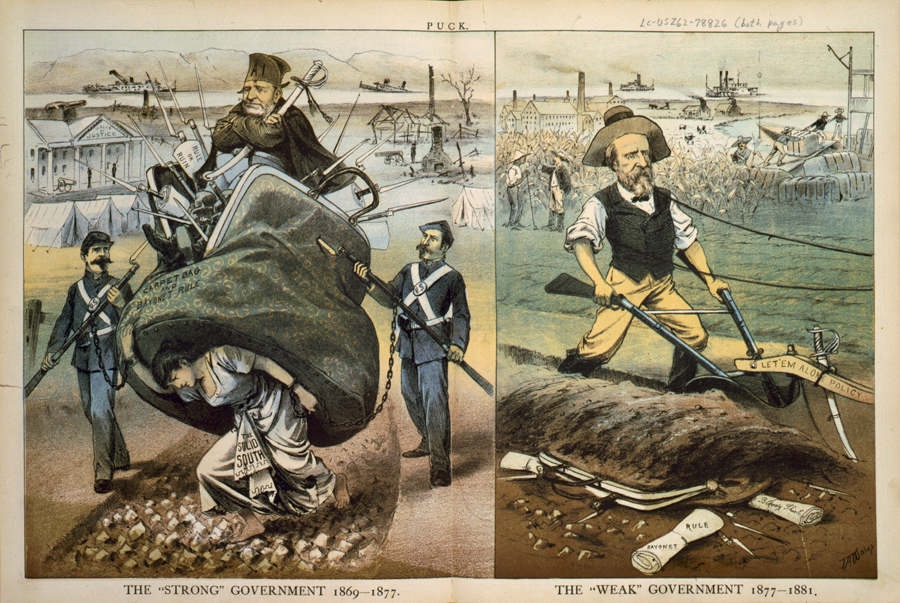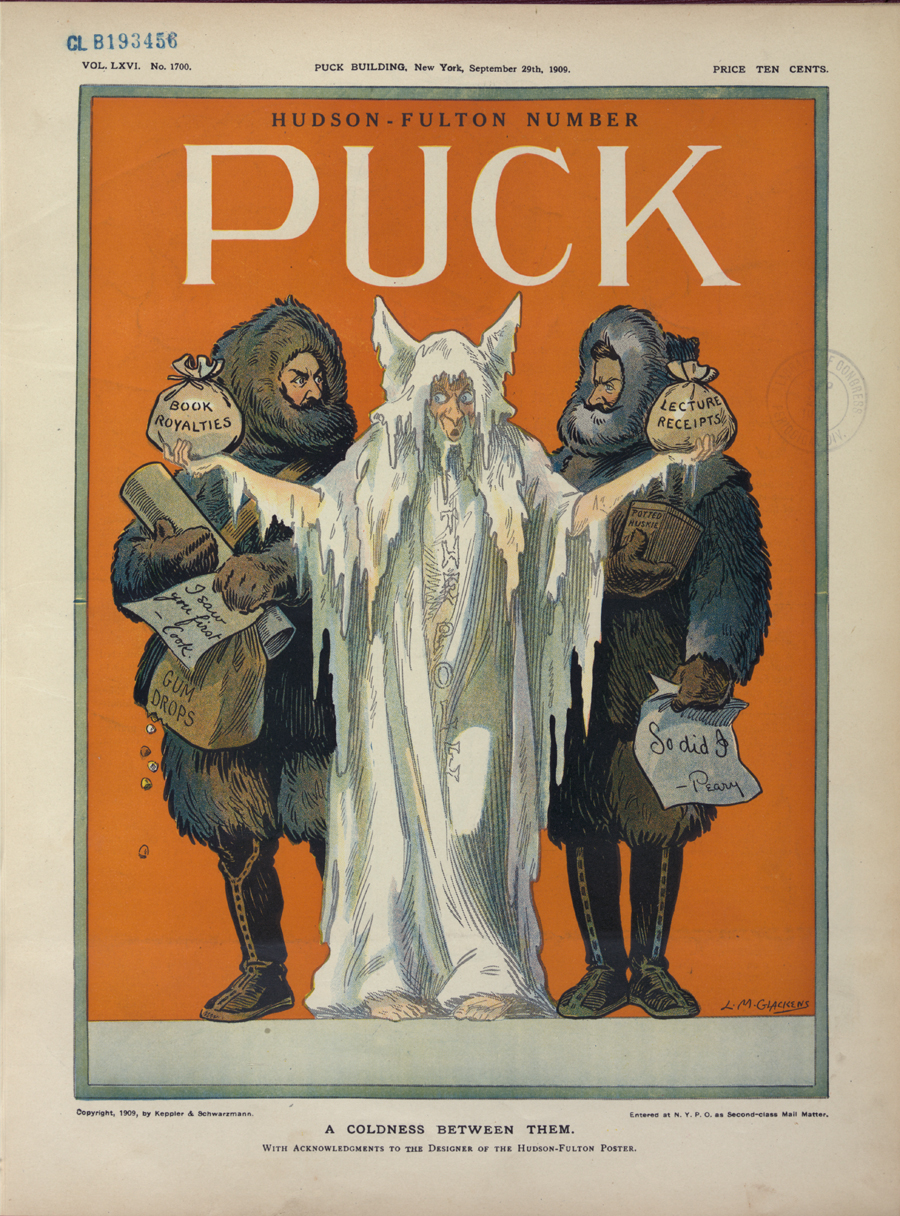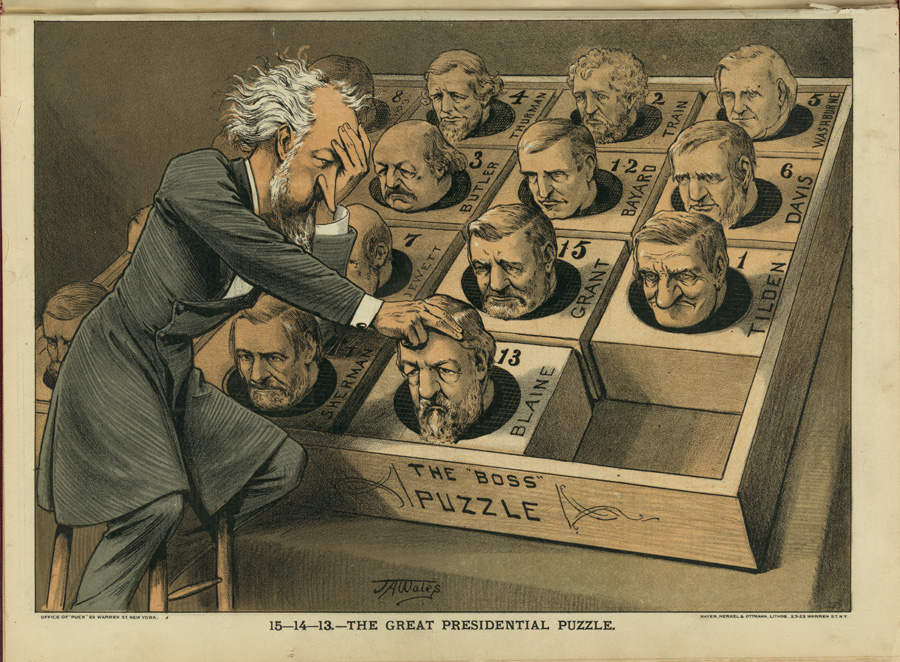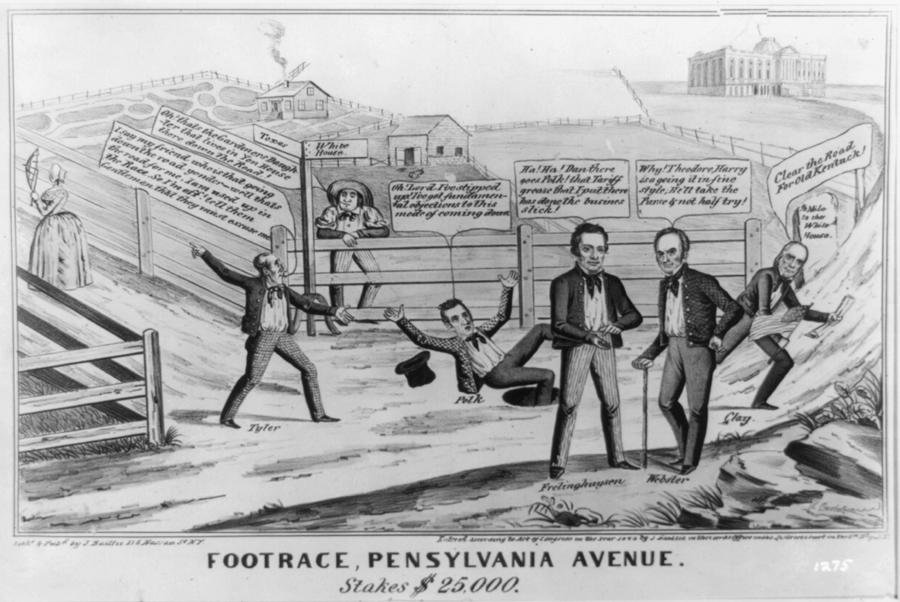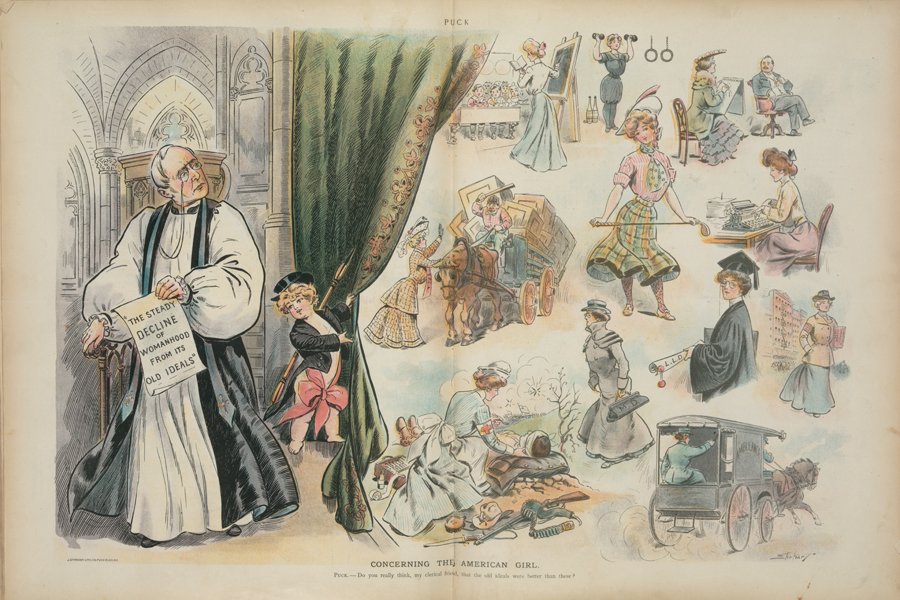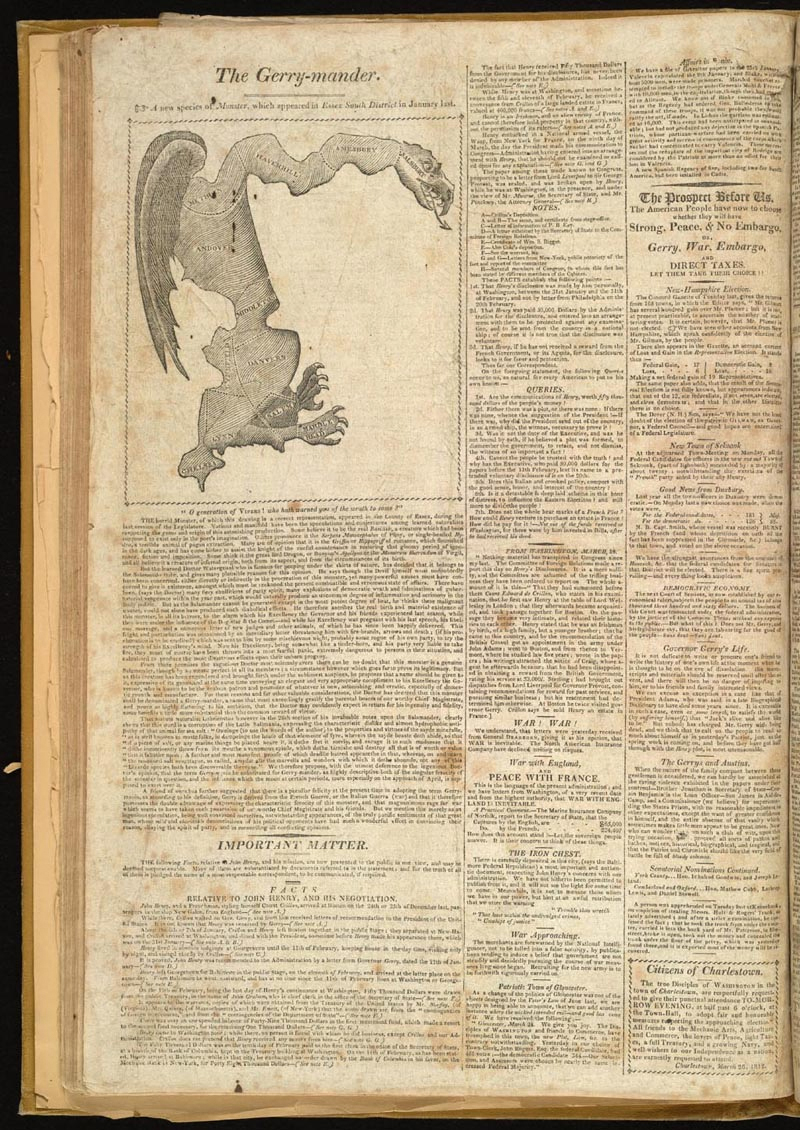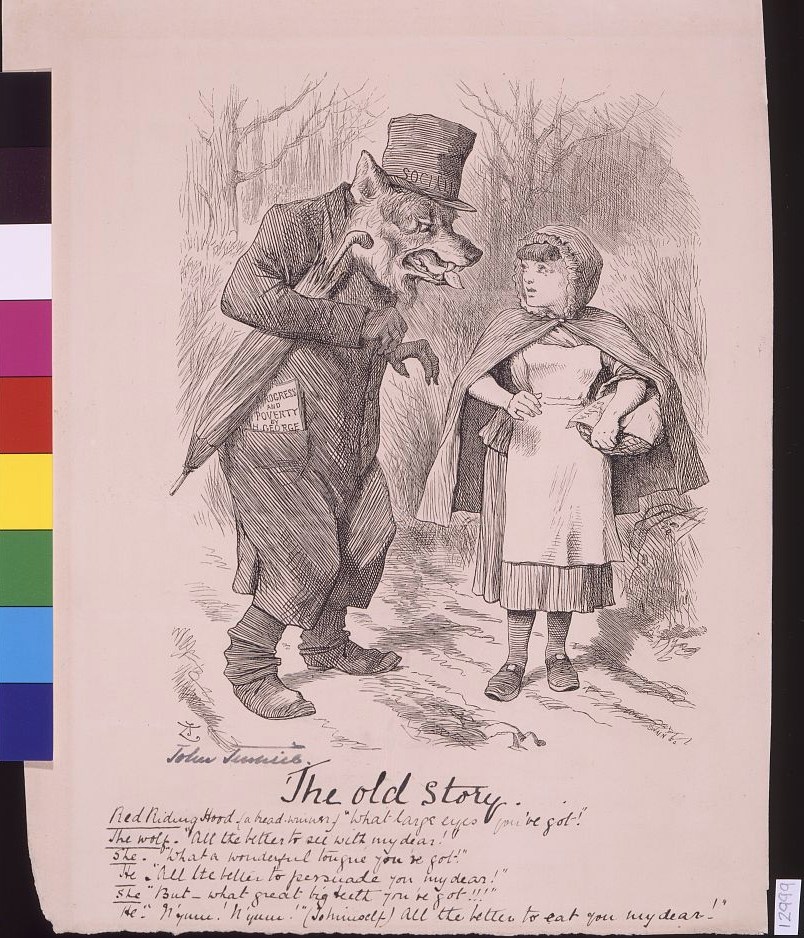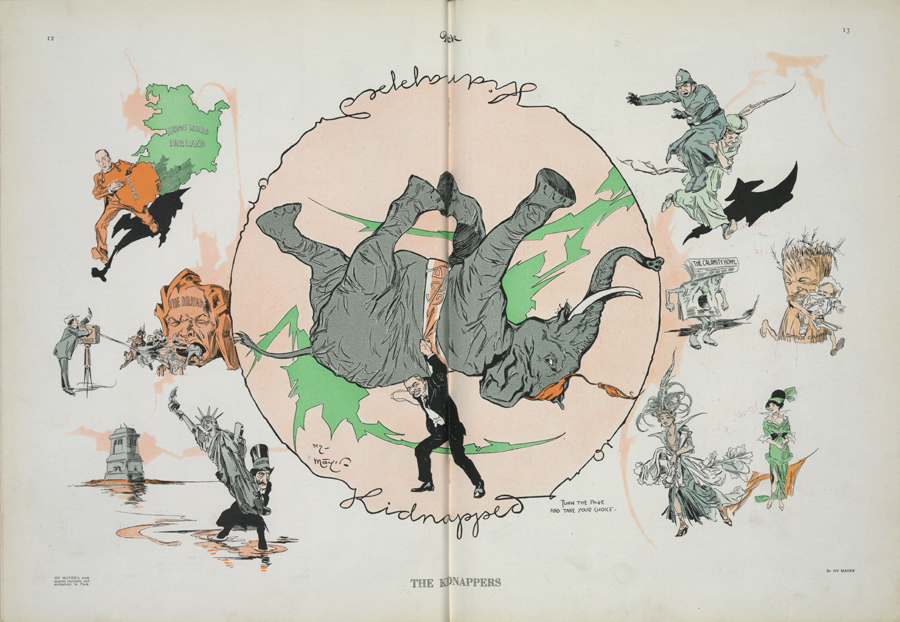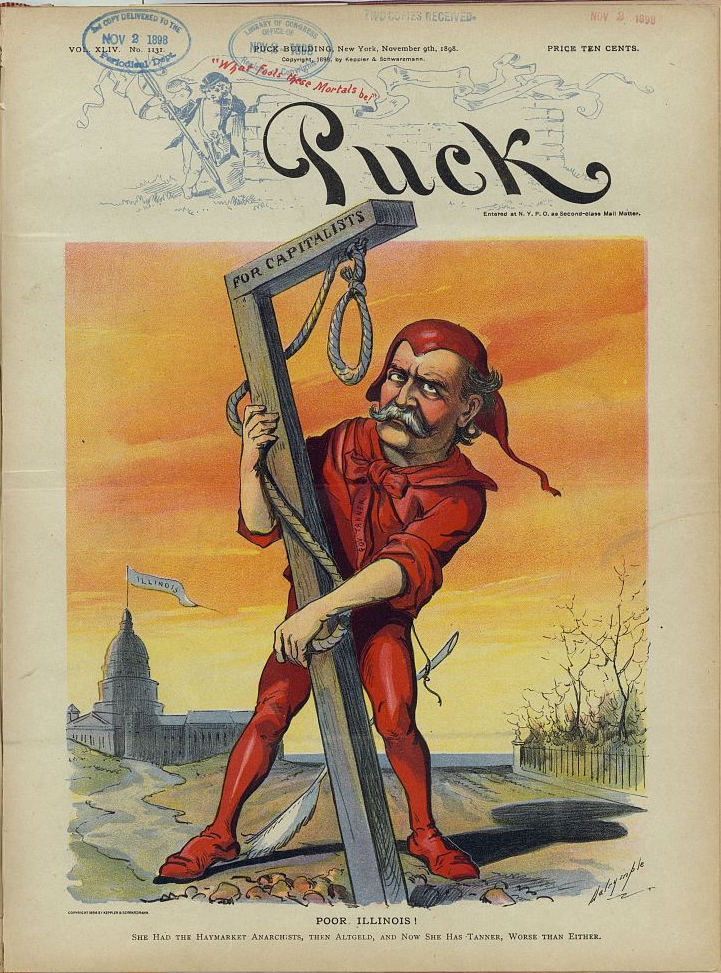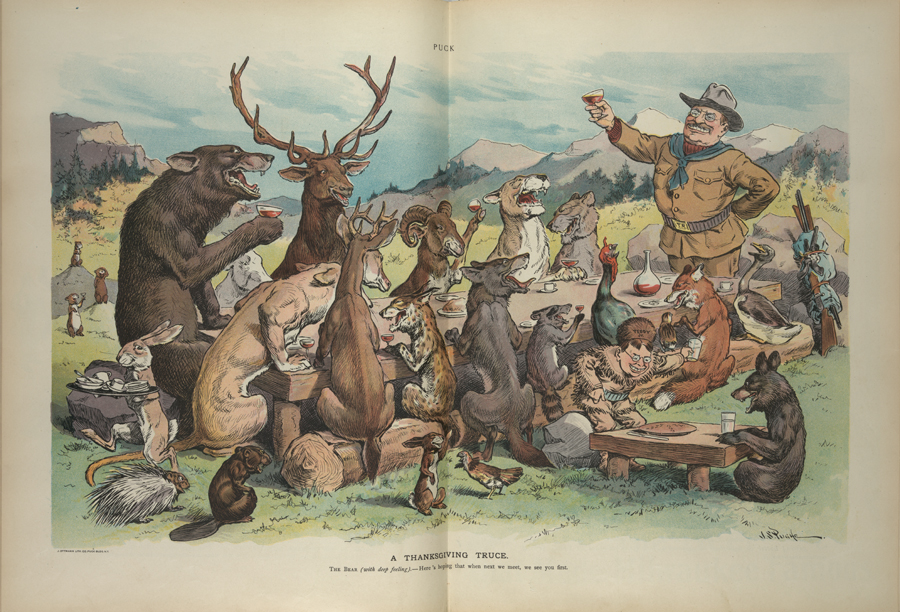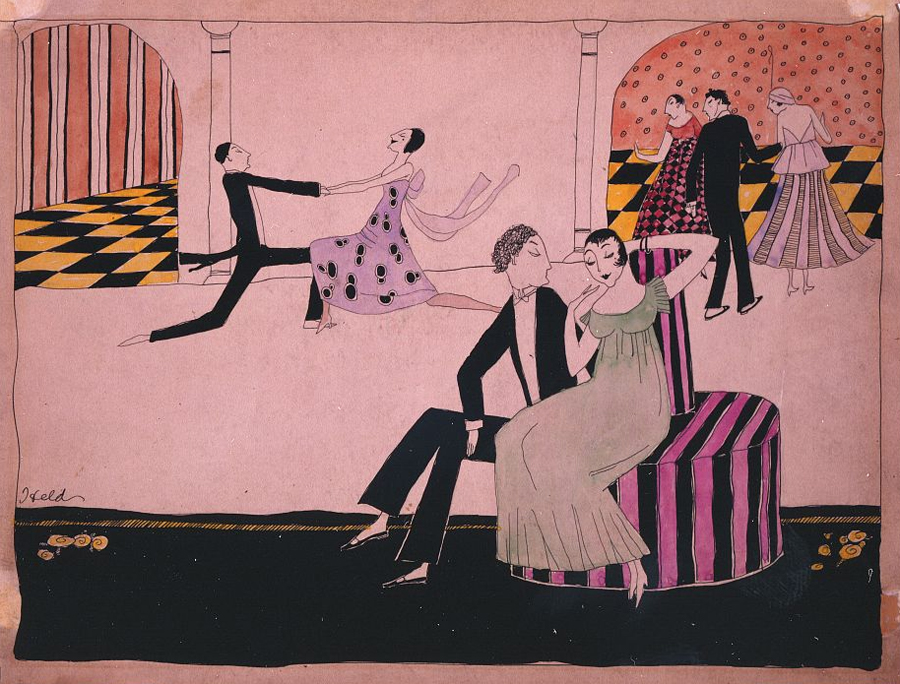Guided Primary Source Analysis: Strong-Weak Government
Zoom into a more detailed image of this cartoon. Using only the details from the cartoon, what main point do you think the cartoonist was trying to make. For help reading cartoons, review It’s No Laughing Matter. Then review the cartoon’s source record and this definition of carpetbagger. What insights into this cartoon does this new information provide you…

